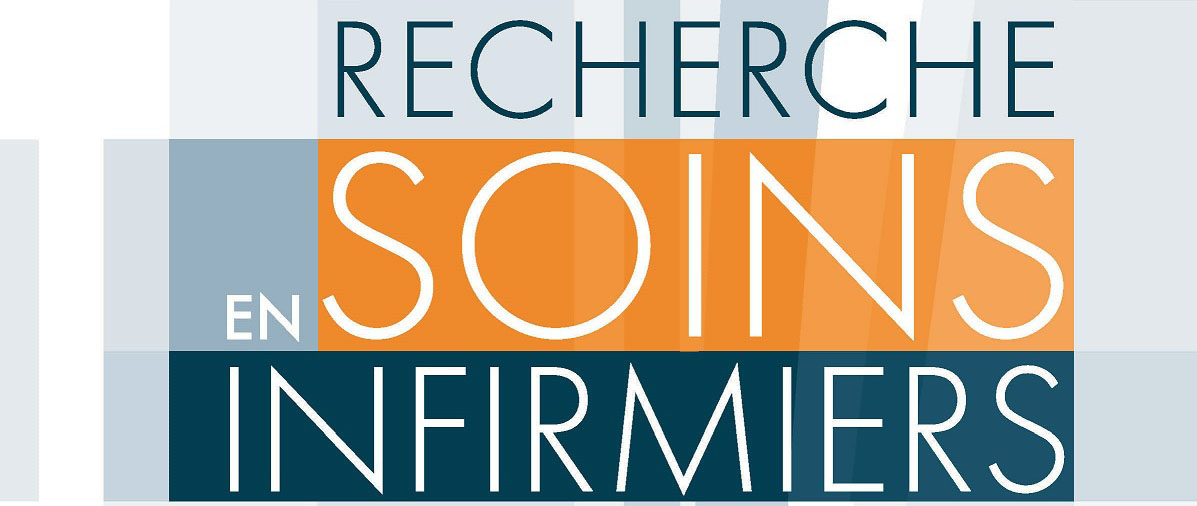Understanding the patient’s representations in order to optimize the educational project
Purpose: To determine if educational care meets the needs of the patients. Objective: To show that understanding the representations the patient has of their disease, their health, and their educational needs allows us to define with them a program of adapted accompaniment, and to reduce the risk of ineffective care in their therapeutic program. Method: Seven patient interviews were carried out before their integration in an educational process, in three different medico-surgical specialties, with the condition that the latter offer to the patients a formalized educational process. An interview of each of the three people in charge of the educational unit was also carried out, in order to understand the educational care offered to the patients. The patient interview grid used original techniques of expression, and aimed at investigating the patient’s representations of their disease, their health, and their educational needs. Results: The three services in which the patient interviews took place present three different educational structures of care: the first one has a profile of “psycho-pedagogical” educational care, the second, a profile of “psychological” type, and the third a profile of “educational” type. They thus propose different tools of educational care. The exploration of the representations of the patients shows that the latter have a groundless vision of the disease and of health within our hospitals which are “health promoters” today. Their educational needs are finally very far from their pathology, and thus from the medical field. They both take root in their personality and in society. Consequently, the three aforesaid educational structures are only very partially adapted to the needs of the patients. Educationally optimal care of the patient can only be realized if “tailor-made” to every patient, in a relation of collaboration between the health professionals and the patients. Finally, it must come largely outside the hospital. Conclusion: The educational care of the patient turns out to be much wider than the simple sanitary framework. Consequently, besides a necessarily multiprofessional and interdisciplinary teamwork, it requires creativity and openmindedness in comparing various points of view, to modify, as health professional, our representations of the disease, of health, and of the educational needs of our patients.
Key words
- herapeutic education
- health
- patient
- hospital
- representations
